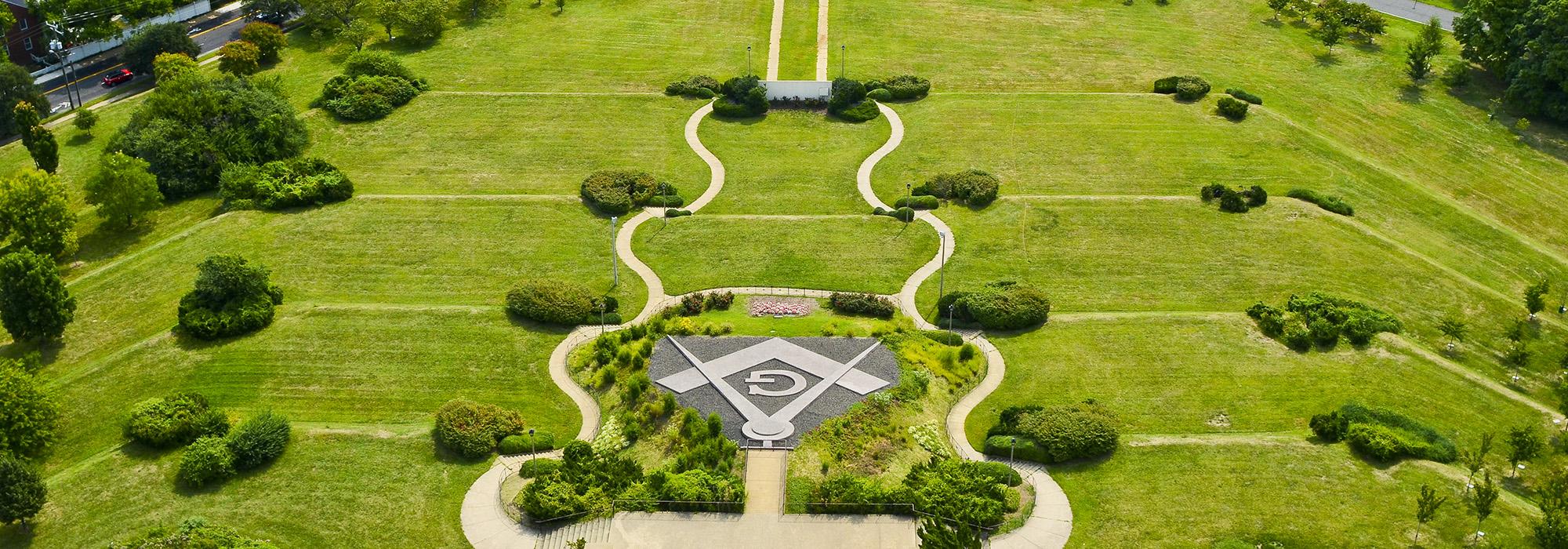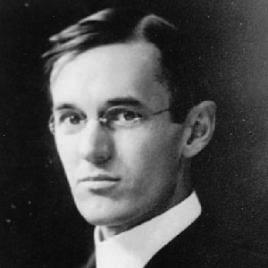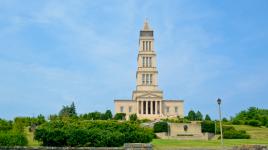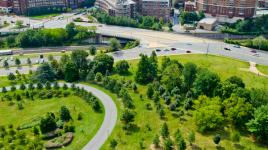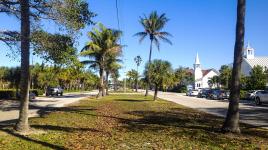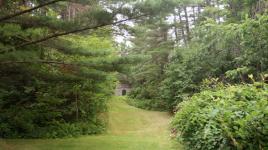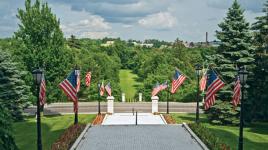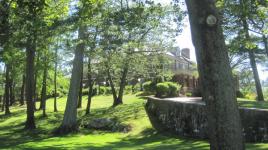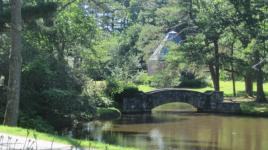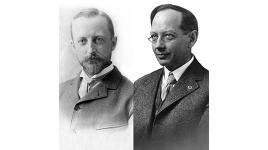Pioneer Information
Born in Andover, Massachusetts, Parker graduated from Phillips Andover Academy in 1901. In lieu of attending college, he began his career working for the Olmsted Brothers in Brookline, Massachusetts, serving as a draftsman, planting designer and construction supervisor. In 1910, he resigned from the firm and opened his own practice in Portland, Maine. There he worked on a range of residential projects, civic spaces, subdivisions and resorts, sometimes collaborating with architect John Calvin Stevens. At the same time Parker was active in the community, advocating for the creation of the Portland planning department, serving on the City Planning Committee of the Portland Chamber of Commerce, and delivering a paper entitled Possibilities for Civic Improvement in Maine to the Board of Trade.
During World War I Parker closed his practice and worked for the United States government in Washington, D.C., then in 1919 returned to Maine to work for the Olmsted Brothers. His practice expanded to projects in Maine, Mississippi, New Jersey, Ohio, Virginia and Wisconsin, including the George Washington Masonic Memorial, Alexandria, Virginia; Maine State Capitol Grounds, Augusta; Kohler Village, Wisconsin; and the National Cash Register Company, Dayton, Ohio. In 1950, Parker became a partner of the firm, retiring in 1961. He was inducted as a Fellow of the American Society of Landscape Architects in 1915.



